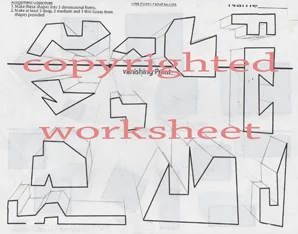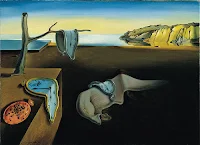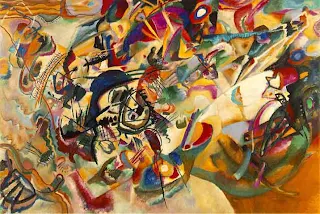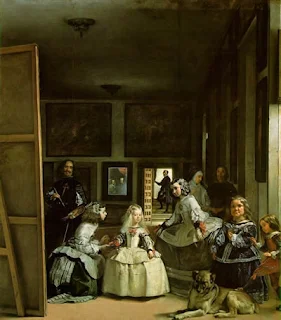"A board of education or a school board or school committee is the title of the board of directors or board of trustees of a school, local school district or higher administrative level. The elected council helps determine educational policy in a small regional area, such as a city, county, state, or province. It usually shares power with a larger institution, such as the government's department of education. The name of the board is also often used to refer to the school system under the board's control." (Wikipedia)
I was required to attend a Saint Louis area school board meeting during my certification course work. Below you will read the list of questions I was given to answer during that meeting by my professor. It is important for preservice teachers to learn just what is involved in the practice of maintaining school policy so that they will be better prepared for their future employment.
School Board Meeting Report
1. What is a school board and what is its purpose? A school board is a policy making body of the school district that performs many services such as: hiring school personnel, determining administrative policy and also raising money for schools through taxes.
2. Explain the general structure of a school board. A school board consists of a president, a vice president, a secretary, treasurer, and two or three directors.
3. How are the members of a school board selected and when does membership end? School board members are most frequently elected by the citizens of their local district. Members typically serve either a two-year term or a four-year term, depending upon the district they serve in.
4. How does a school board make decisions? They must review data and make informed decisions based upon that research. Policies may only be instituted when the majority of elected board members have agreed upon them.
5. What types of questions are discussed and decided upon by a school board? The salaries of educators, tax revenue, how to balance the district’s budget, property management and the kinds of programming offered by the district are just a few of the kinds of questions discussed among board members.
6. Indicate date, place, and time of the meeting and the school district. I attended the school board meeting at Lindbergh High School, 4900 South Lindbergh Boulevard, St. Louis, MO. at 7:30 p.m. in room 323 on March 10, 2009.
7. What is the specific make up of the school board of the school district you attended (i.e., how many members; gender and race distribution; general professional background of each member; etc)? There are seven members of the Lindbergh district school board, two of them are women and all of them are white. I was unable to find specific information of their previous experience on the school district web site.
8. What issues were discussed and what decisions were made during the school board meeting? The issues covered a wide agenda during this particular school board meeting. Topics such as student awards, payroll warrants, revised budgets, budget cuts, local merchant tax laws, the sale of real estate and Lindbergh building programs were all a part of the discussions through out the course of the evening. The board decided which of two bids from food suppliers to accept for 2009. They agreed to cut back on summer arts education programs. They decided to flip an architectural draft of a new building proposal and where a new parking lot would be in relationship to the changes made in the plan. Board members also agreed not to give teachers the salary increases they were asking for. I believe also that the sale of several bonds was agreed upon in order to avoid budget problems for 2009.
9. To what degree was the school board complete—were any of its members missing? There were two school board members absent.
10. Estimate the size of the public that attended the school board meeting. There were approximately seventy five people in attendance, many of whom were teachers.
11. Briefly describe the level of participation of each school board member in the general discussion of the agenda items. At the start of the meeting, all board members seemed to participate together in order to welcome the teachers and public. As the meeting progressed, budget adjustments became the second of three major topics discussed at length by the board. During this discussion, the treasurer, Mark Rudoff discussed budget cuts, food service bids and the sale of bonds for approximately an hour. During the third hour the board listened and questioned a representative from an architectural office. The architect was primarily questioned by President Kenneth Fey. Their discussions concerned energy initiatives and building plans. During these resolutions the rest of the board members quietly listened to the conversation.
12. Briefly describe the level of participation of the public in the school board meeting. The public came to this particular meeting to celebrate the awards given to local students through “Glory of Missouri Awards,” to discuss and show their concern for the continuous support of gifted education programs and to support their local teachers from Lindbergh High School protesting the nominal salary increases for 2009. The meeting was heavily attended for approximately an hour. The board members were polite and gave the public ample time to voice their opinions. Although the meeting lasted approximately three hours, the general public did not stay for the discussions involving budget agendas and the interview with an architect, who came to propose two possible rough drafts of a new building project (Prop-R 2008 ECE Flipped Design Review).
13. Was the school board meeting and its outcomes covered by the local media (i.e., print, radio, TV)? I believe newspaper reporters were present several rows behind myself. I sat next to the reporter from an internet media resource, watched her take notes and made casual conversation with her.
14. Do you think that it is important to become a member of a school board? Explain. I do believe that it is very important to serve on a school board if you are politically minded and understand the issues and needs of your education community. School board members must be trained in specific interests, however, not every person is qualified to be a school board participant.
15. Would you volunteer to be a candidate for a school board? Explain. I would not volunteer to be a candidate for a school board because I feel my skills are that of an artist. I do not believe that I would have the qualifications needed to be an excellent school board member.
16. Do you think that it is important to attend school board meetings as a member of the community? I do think that it is very important to attend meetings both as a teacher and as a member of the community in order to better understand the policies and needs pertaining to the education of your community’s children. I might also add that it is also important to know how your taxes are spent on local education. If you attend a school board meeting, you will better understand how all of these issues are affected by legal obligations and why particular choices concerning teachers and students are made.















































